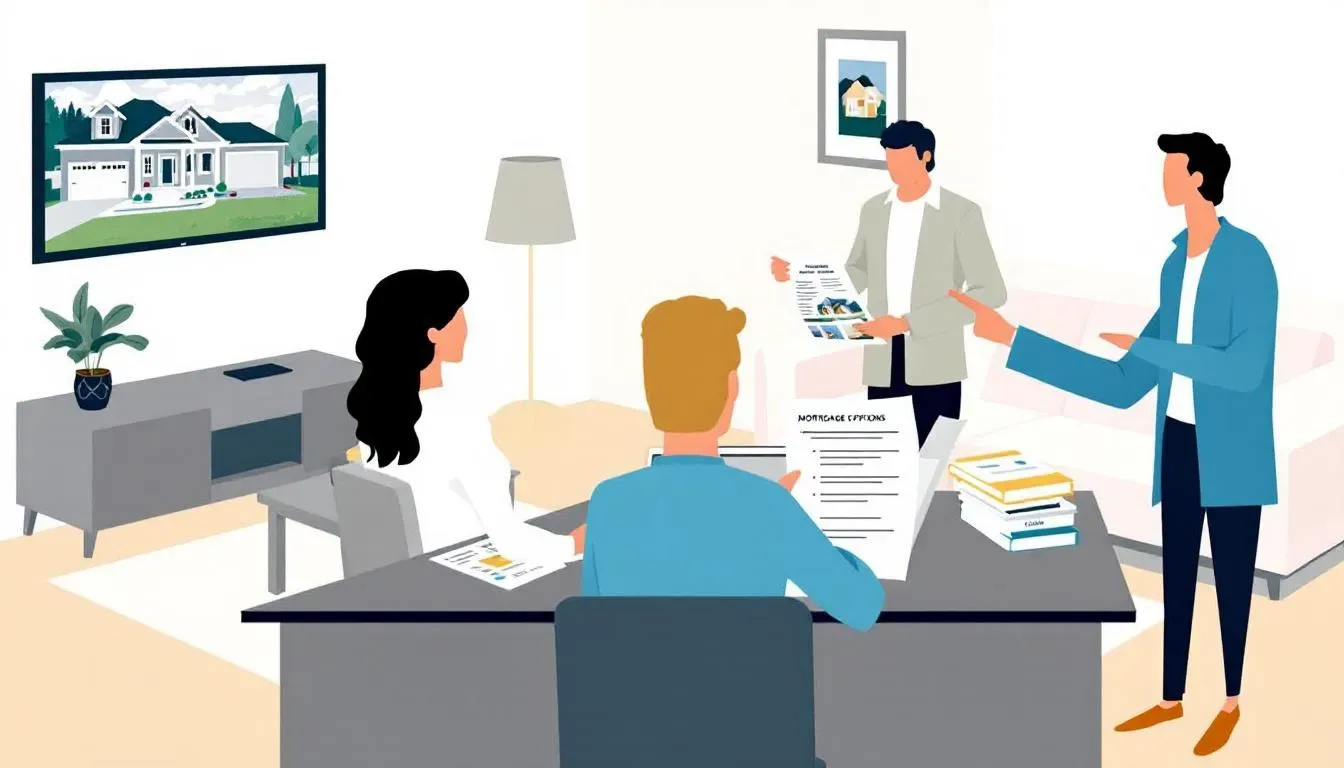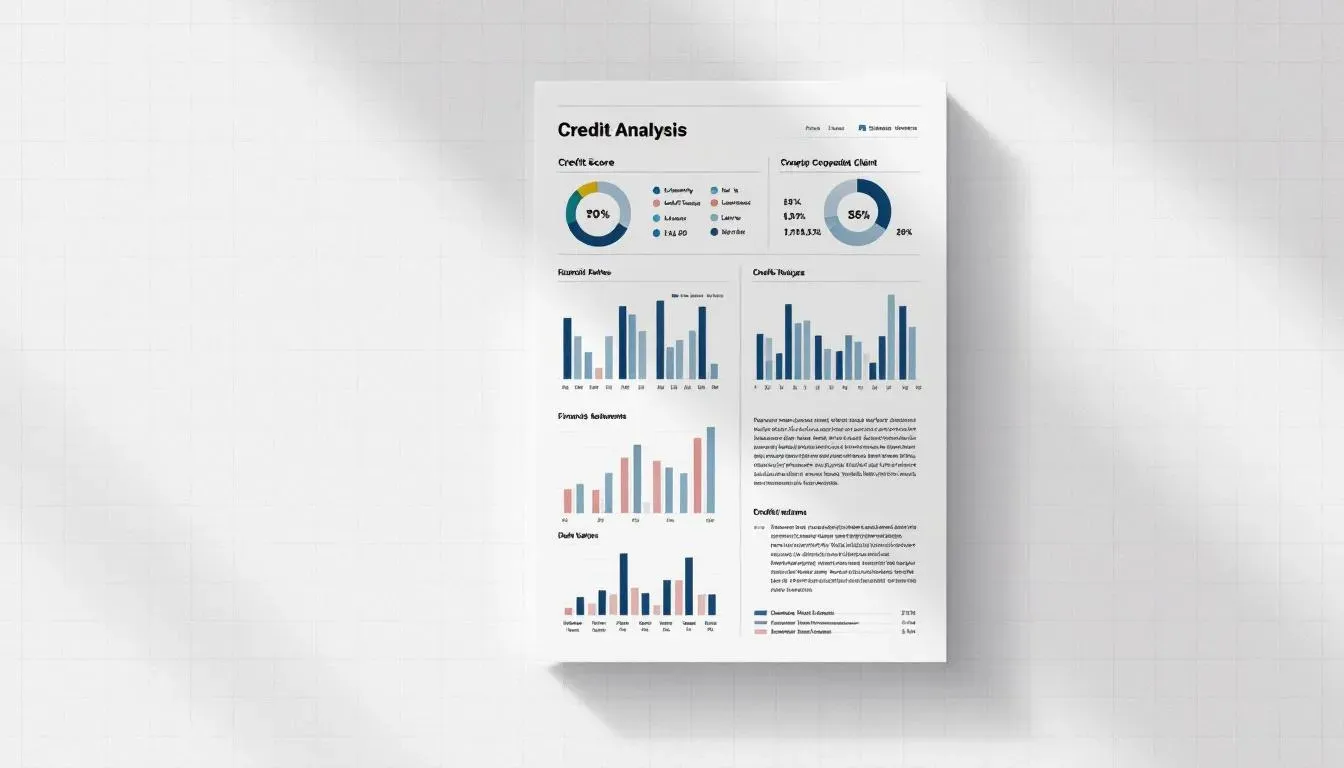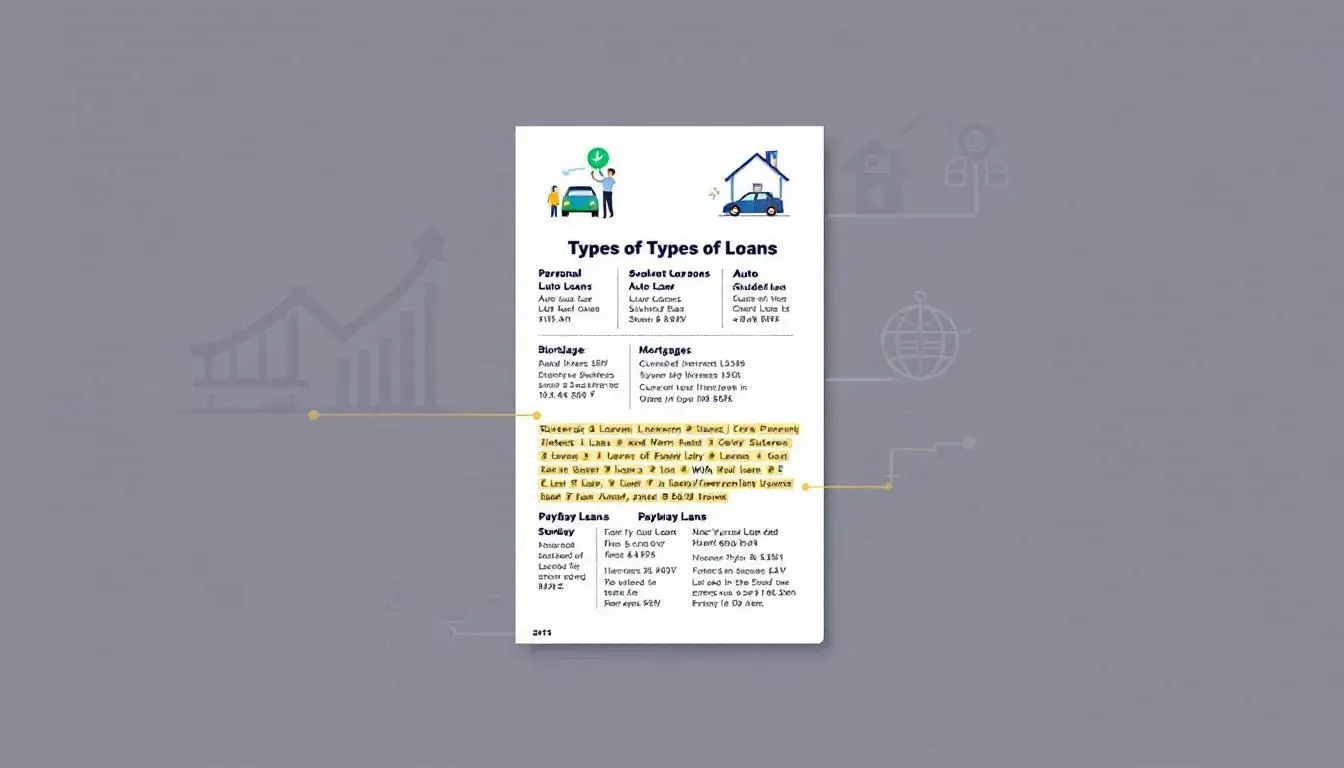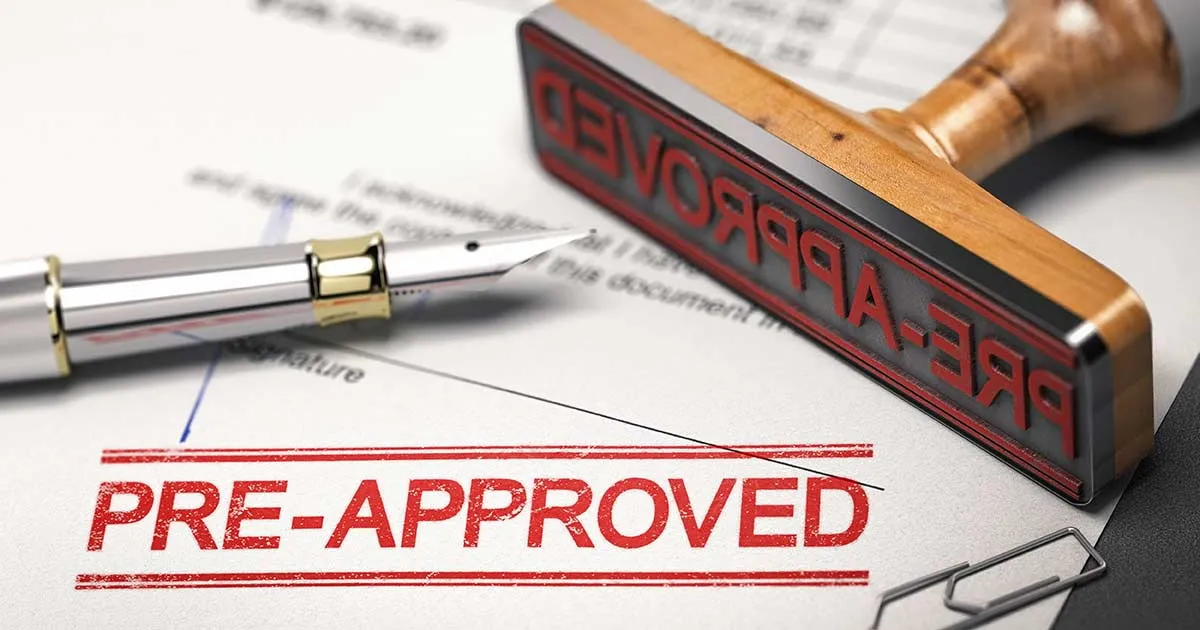If the thought of navigating the homebuying process in 2025 has you feeling overwhelmed, you’re definitely not alone. Millions of home buyers find themselves in the same position—eager to purchase a home but unsure where to begin the complex journey.
Let’s be honest: buying a house is a significant financial decision and can be a complicated process involving many steps. However, with the right preparation and a clear step-by-step guide, you can successfully complete the home buying process in as few as 13 steps—without unnecessary stress.
This comprehensive homebuying process includes working closely with a mortgage lender to understand your mortgage loan options, getting preapproved with a preapproval letter, determining your down payment amount, and exploring available down payment assistance programs. A trusted real estate agent will help you navigate the local market, guide you through the home search, and assist with negotiations.
Additionally, you’ll need to budget for closing costs, secure homeowners insurance through an insurance agent, and schedule essential steps like a home inspection and home appraisal. Understanding loan terms, interest rates, and mortgage insurance requirements is crucial to making informed decisions.
By following this step-by-step guide, you’ll gain clarity on how much you can afford based on your gross monthly income and debt-to-income ratio, prepare all the documents needed by multiple lenders, and coordinate with your settlement agent to finalize the closing date. A final walk through of the property ensures the home’s condition meets your expectations before you sign at the closing table.
With proper planning and expert guidance, the homebuying process can be manageable and rewarding, leading you to the excitement of owning your new home in 2025.

Houses are expensive, there’s no question about it. So if you’re serious about buying, you need to get serious about your financial situation—this is an essential step in the homebuying process.
There are five key financial factors that will help you—and your mortgage lender—determine if you’re ready to buy a house and successfully navigate the homebuying process:
By carefully evaluating these financial components, you’ll be better prepared to move forward confidently in the homebuying process and secure the right mortgage loan for your needs.

If you meet the requirements to buy a home, the next crucial step in the homebuying process is determining how much home you can afford. This involves calculating a realistic monthly payment that includes not only the mortgage loan principal and interest but also additional homeowner costs such as property taxes, homeowners insurance, and mortgage insurance if applicable.
Taking into account your gross monthly income, debt-to-income ratio, and credit history is essential when working with a mortgage lender to understand your borrowing capacity. Accurately estimating these costs helps you set a practical budget and avoid financial strain after closing day.
Being honest with your finances at this stage ensures you select the right mortgage loan and down payment amount, which directly impacts your monthly mortgage payments and overall affordability. This step is vital in the complex process of buying a house, as it lays the foundation for securing a loan estimate from lenders, getting preapproved, and effectively navigating the competitive market with confidence.
When it comes time to save for a home, beginning early is always better. Investments and savings accounts can help you build up capital until it's time to cover the down payment and closing costs. If you’re fortunate to have generous relatives, gift money can also contribute toward your down payment. Just remember to provide your mortgage lender with a gift letter as proof.
There’s no one-size-fits-all down payment amount, as the minimum down payment depends largely on the loan type you choose, such as conventional mortgages, FHA loans backed by the Federal Housing Administration, VA loans, or USDA loans.
Most lenders will require at least some money down. While offering 20% down is ideal for many, it’s not always required. Many loan types allow for much lower minimum down payments.
Offering a higher down payment can provide several benefits:
Still concerned about covering your down payment? Explore down payment assistance programs offered by many states, which can help you reach your goal.
By planning your down payment and saving for closing costs early, you’ll be better prepared to begin shopping for your new home and navigate the homebuying process with confidence.

Understanding the various mortgage types available is crucial to selecting the best loan that fits your financial situation and homebuying goals. Here are some of the most common mortgage options and the types of borrowers they best serve:
Conventional loans are not backed by the federal government and typically require a higher credit score and a larger down payment compared to government-backed loans. They often offer competitive interest rates and flexible terms. Conventional loans are ideal for borrowers with strong credit histories, stable incomes, and the ability to make a down payment of at least 5% to 20%. If you want to avoid mortgage insurance and have a solid financial profile, a conventional loan might be the right choice.
Backed by the Federal Housing Administration, FHA loans are designed to help first-time homebuyers and those with less-than-perfect credit qualify for a mortgage. These loans require a lower minimum down payment (as low as 3.5%) and have more lenient credit score requirements. FHA loans are best suited for borrowers who may not qualify for conventional loans due to credit challenges or limited savings for a down payment.
Available to eligible veterans, active-duty service members, and certain members of the National Guard and Reserves, VA loans are backed by the Department of Veterans Affairs. They often require no down payment and do not require private mortgage insurance, making them an excellent option for qualified military borrowers seeking favorable terms and lower upfront costs.
Offered by the U.S. Department of Agriculture, USDA loans are designed for rural and suburban homebuyers who meet specific income requirements. These loans typically require no down payment and offer competitive interest rates. USDA loans are ideal for borrowers looking to purchase homes in eligible rural areas with moderate incomes.
Jumbo loans are for borrowers seeking to finance properties that exceed the conforming loan limits set by government agencies. These loans usually require higher credit scores, larger down payments, and stricter financial qualifications. Jumbo loans are suitable for buyers purchasing luxury or high-priced homes who have strong financial profiles.
Fixed-rate mortgages offer a stable interest rate and consistent monthly payments over the life of the loan, typically 15 or 30 years. They are ideal for borrowers who plan to stay in their home long-term and prefer payment stability.
Adjustable-rate mortgages (ARMs) have interest rates that can change periodically after an initial fixed-rate period, often resulting in lower initial payments. ARMs may be suitable for borrowers who plan to sell or refinance before the adjustable period begins or expect their income to increase in the future.
By carefully evaluating your financial situation, credit history, and long-term plans, you can work with your mortgage lender and real estate agent to select the mortgage type that best aligns with your homebuying process and goals.

Getting preapproved for a mortgage is a critical step in the homebuying process. During preapproval, a mortgage lender reviews your credit report, income, assets, and pay stubs to determine how much money you are qualified to borrow. This results in a preapproval letter that clearly states your borrow limits based on your financial situation.
Having a preapproval letter is essential because it shows sellers and the seller's agent that you are a serious and qualified buyer, giving you a significant advantage in a competitive market. It also helps you understand your budget by identifying the maximum purchase price you can afford, allowing you to focus your home search effectively. Additionally, being preapproved streamlines the mortgage loan application process later on, as much of the financial verification is already completed.
Overall, obtaining a mortgage preapproval provides clarity, confidence, and credibility, making it a vital step to successfully navigate the homebuying process and secure your desired home.
Once you have your mortgage preapproval in hand, it’s time to team up with a trusted real estate agent who will guide you through the homebuying process. Your agent will help you navigate the local market, understand market trends, and find properties that fit your budget and preferences.
To make the most of your house hunting experience, provide your agent with a clear list of priorities, including:
Your real estate agent will arrange showings and accompany you on visits to homes that meet your criteria. Touring multiple properties will help you compare features and make an informed decision. Remember, your agent is your advocate throughout the process, helping you negotiate offers and navigate any challenges that arise during the homebuying process.
The offer on the house begins with submitting an offer letter, which your real estate agent typically prepares on your behalf. This letter includes essential details such as your name, address, your bid or home's sale price, and often an earnest money deposit.
The earnest money deposit demonstrates your serious intent to buy and is usually about 1% to 3% of the purchase price. This deposit is held in an escrow account and, if the sale proceeds, is applied toward your down payment and closing costs. However, if the sale falls through, you may forfeit this deposit.
Your agent will present the completed offer letter to the seller or the seller's agent, including a deadline for response to keep your homebuying process moving efficiently.
You can expect one of three responses to your offer letter:
Using a knowledgeable real estate agent and being preapproved for a mortgage loan strengthens your position during this negotiation phase, making your offer more attractive in a competitive market.
You’ll typically need a home appraisal during the homebuying process. This is a professional assessment of the current market value of the property. Mortgage lenders require a home appraisal to ensure they do not lend more money than the home is worth.
Sometimes, you might offer the seller more than the appraised value. In this case, you can increase your down payment, renegotiate your offer, or explore other options to move forward with your home purchase.
If you disagree with the appraisal results, you can contest them. Consult your real estate agent for advice, as they have a deep understanding of the local market and can guide you through this step of the homebuying process.
An unexpected appraisal or home inspection doesn't have to halt your progress. Your real estate agent can negotiate with the seller’s agent or the seller directly, especially if the home is for sale by owner. Here are three common options to improve your deal:
If the seller rejects your requests, an inspection contingency in your offer letter allows you to walk away without losing your earnest money deposit, protecting your interests during the homebuying process.
Reaching step 13 means it’s time to close on your new home. Your mortgage lender must provide the Closing Disclosure at least 3 business days before closing. This document details what you’ll need to pay at closing and summarizes your loan terms.
To successfully close on your home, complete these five key actions:
Completing these steps marks the end of the homebuying process and the beginning of your journey as a homeowner.
While every buyer's journey is unique, the average length of time to complete the homebuying process is typically 5 to 12 months. Several factors can influence this timeline, including how much preparation you do in advance, whether you are simultaneously selling a property, and if you are paying with cash versus applying for a mortgage loan through a mortgage lender.
Mortgage rates are predicted to fall in 2025, and home availability is expected to increase, making it a potentially favorable time to buy a house. However, with home prices also expected to rise, some buyers may choose to wait. Ultimately, the decision to buy a house in 2025 depends on your individual financial situation and goals.
If you’re uncertain, consult with a trusted real estate agent and mortgage lender who can help you navigate the homebuying process and provide personalized advice based on current market trends and your mortgage options.
With a well-thought-out plan and realistic expectations, you can confidently begin the homebuying process today. Although buying a house can be complicated, lengthy, and involve various costs like down payment, closing costs, and homeowners insurance, the reward of owning your own home is worth the effort.
Keep this step-by-step guide handy, work closely with licensed professionals—including your real estate agent, mortgage lender, and insurance agent—and approach the market with confidence to successfully complete your homebuying process in 2025.
The amount of the required savings will vary based on the loan program that you help your clients choose. A good goal, however, is to save enough for a 3%-5% down payment, plus 1-3 months of mortgage payment reserves. For example, if your client's new mortgage payments will be $1,400 per month, you should probably aim to save approximately $4,200 plus the amount of their down payment. And now, with the recent National Association of Realtor settlement implementation, clients may have to save more to pay for commissions.
Of course, each of Orion's loan programs has its own guidelines that may be different than what is outlined above. That's why the role of the broker is as important as ever. You can help your client consider their options and evaluate specific scenarios. Please contact your Orion AE for further information!